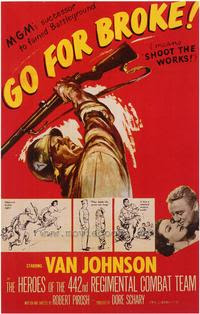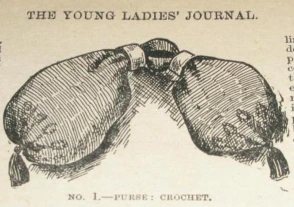…for five kernels of corn. That’s a line from a historically based poem by Hezekiah Butterworth about the first Thanksgiving. According to the poem, the Pilgrim’s rations were so low, since the supply ships hadn’t arrived, that five kernels of corn was the only food each person had daily.
One Thanksgiving, we all came to the table and only five kernels of corn were on each plate. My Mom read us the poem before bringing out our meal. Dad cooked and mashed his corn to see how much it would be and it was barely a spoonful. It amazes me that a holiday associated with plenty originated with want.
I’m very glad to say that no matter what, God has provided for me and my family. We have never gone without food, shelter, or any of life’s necessities. He has always been with us and always will be. That’s what I’m thankful for.

FIVE KERNELS OF CORN
by Hezekiah Butterworth
‘Twas the year of the famine in Plymouth of old,
The ice and the snow from the thatched roofs had rolled;
Through the warm purple skies steered the geese o’er the seas,
And the woodpeckers tapped in the clocks of the trees;
And the boughs on the slopes to the south winds lay bare,
and dreaming of summer, the buds swelled in the air.
The pale Pilgrims welcomed each reddening morn;
There were left but for rations Five Kernels of Corn.
Five Kernels of Corn!
Five Kernels of Corn!
But to Bradford a feast were Five Kernels of Corn!
“Five Kernels of Corn! Five Kernels of Corn!
Ye people, be glad for Five Kernels of Corn!”
So Bradford cried out on bleak Burial Hill,
And the thin women stood in their doors, white and still.
“Lo, the harbor of Plymouth rolls bright in the Spring,
The maples grow red, and the wood robins sing,
The west wind is blowing, and fading the snow,
And the pleasant pines sing, and arbutuses blow.
Five Kernels of Corn!
Five Kernels of Corn!
To each one be given Five Kernels of Corn!”
O Bradford of Austerfield hast on thy way,
The west winds are blowing o’er Provincetown Bay,
The white avens bloom, but the pine domes are chill,
And new graves have furrowed Precisioners’ Hill!
“Give thanks, all ye people, the warm skies have come,
The hilltops are sunny, and green grows the holm,
And the trumpets of winds, and the white March is gone,
Five Kernels of Corn!
Five Kernels of Corn!
Ye have for Thanksgiving Five Kernels of Corn!
“The raven’s gift eat and be humble and pray,
A new light is breaking and Truth leads your way;
One taper a thousand shall kindle; rejoice
That to you has been given the wilderness voice!”
O Bradford of Austerfield, daring the wave,
And safe through the sounding blasts leading the brave,
Of deeds such as thine was the free nation born,
And the festal world sings the “Five Kernels of Corn.”
Five Kernels of Corn!
Five Kernels of Corn!
The nation gives thanks for Five Kernels of Corn!
To the Thanksgiving Feast bring Five Kernels of Corn!
HAPPY THANKSGIVING!













